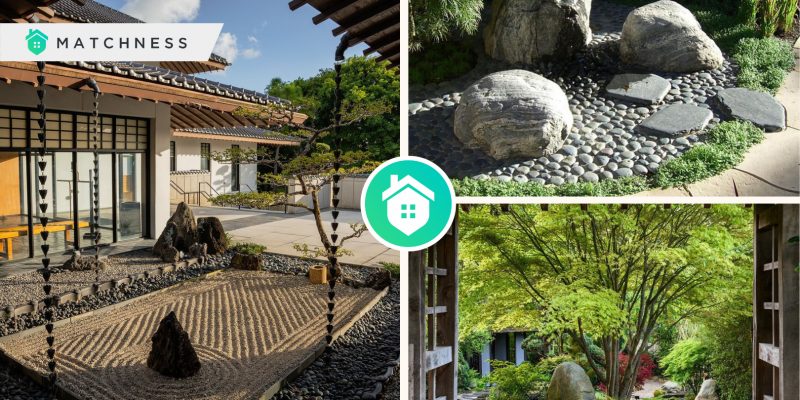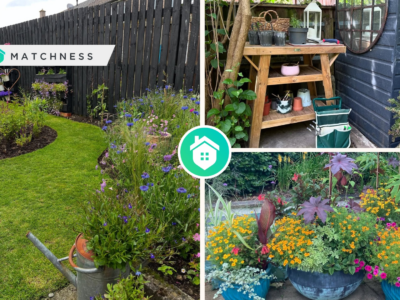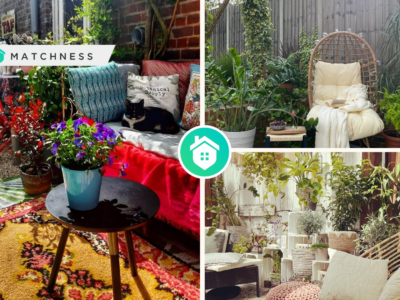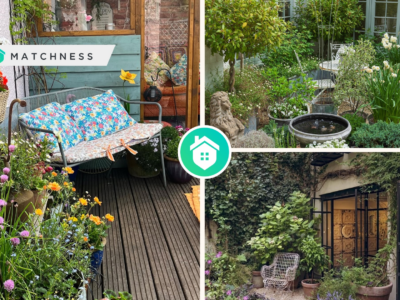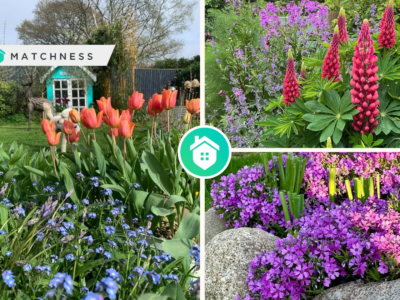A Japanese garden is a meticulously designed outdoor space that embodies the principles of Japanese aesthetics and philosophy. These gardens typically feature natural elements such as rocks, water, plants, and sometimes architectural structures, arranged in a harmonious and balanced manner. Japanese gardens are designed with meticulous attention to detail, emphasizing principles such as asymmetry, balance, harmony, and the artful use of negative space. They are intended to evoke a sense of harmony with nature and provide a space for contemplation, relaxation, and spiritual renewal.
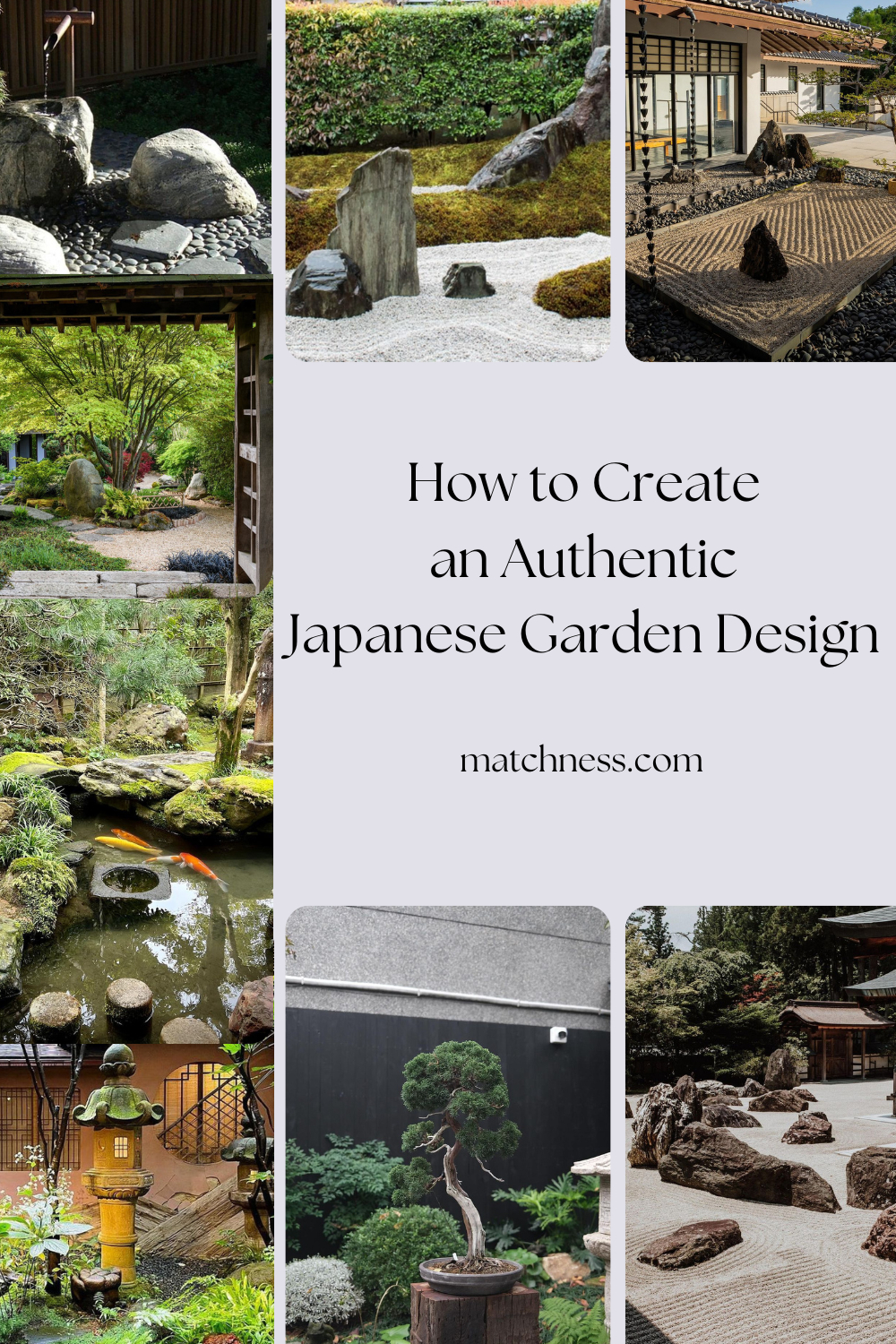
Anyway, there are several types of Japanese gardens, each with its own style and purpose:
1. Zen Gardens (Karesansui): Also known as dry rock gardens, Zen gardens are minimalist landscapes composed of carefully raked gravel or sand, with sparse arrangements of rocks and sometimes small plants. They are designed to evoke a sense of tranquility and contemplation, often found in temples or monasteries.
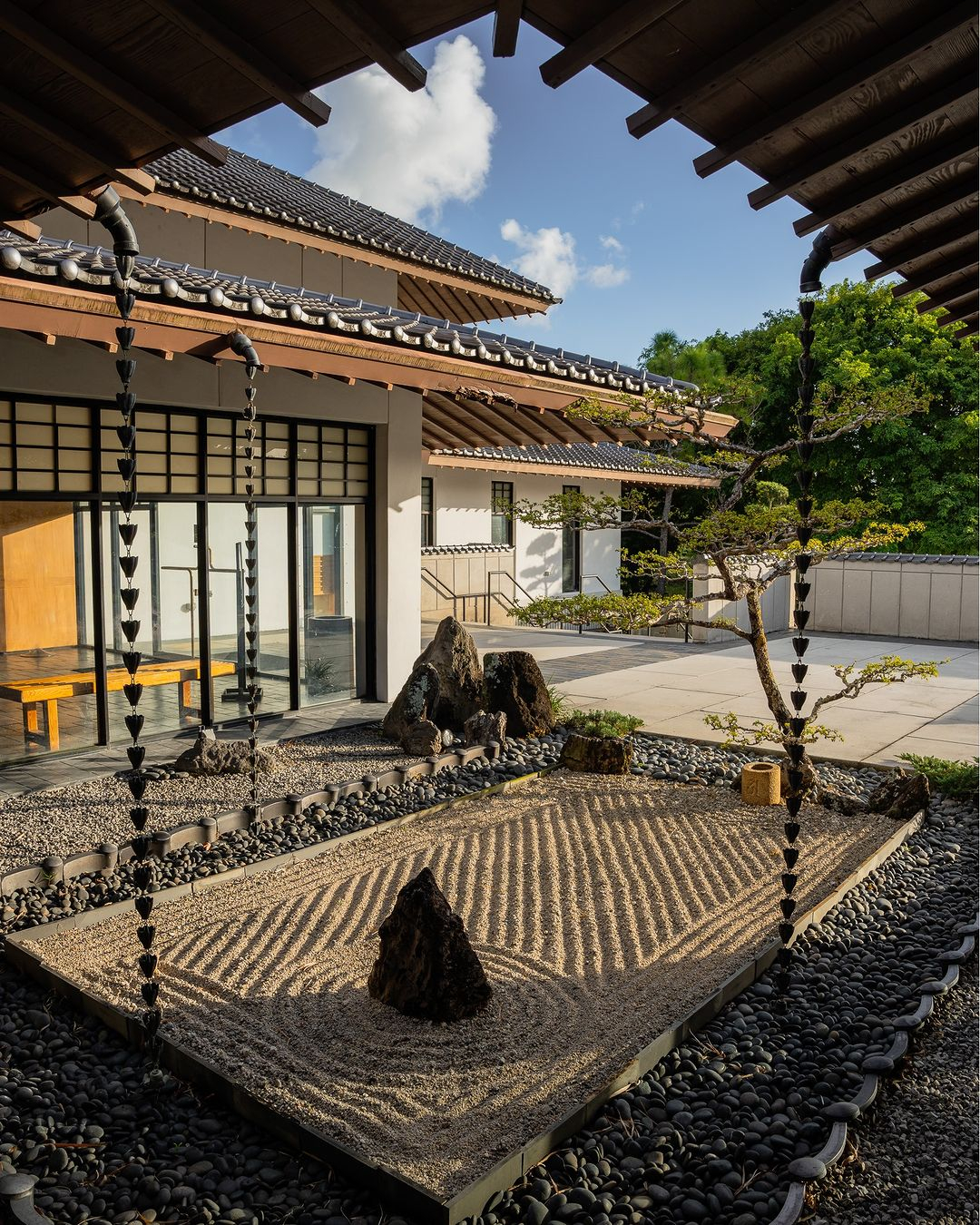
Look at how the raked gravel looks adorable in this garden. Not only making the decoration authentic but it is also really aesthetic and enhances the garden decoration. There are also some rocks that are shaped like a sculpture. Zen Garden from @morikamimuseum
2. Tea Gardens (Chaniwa): Tea gardens are designed to enhance the tea ceremony experience. They typically include a tea house, stone path, water basin (tsukubai), and carefully selected plants, creating a serene setting conducive to meditation and reflection.
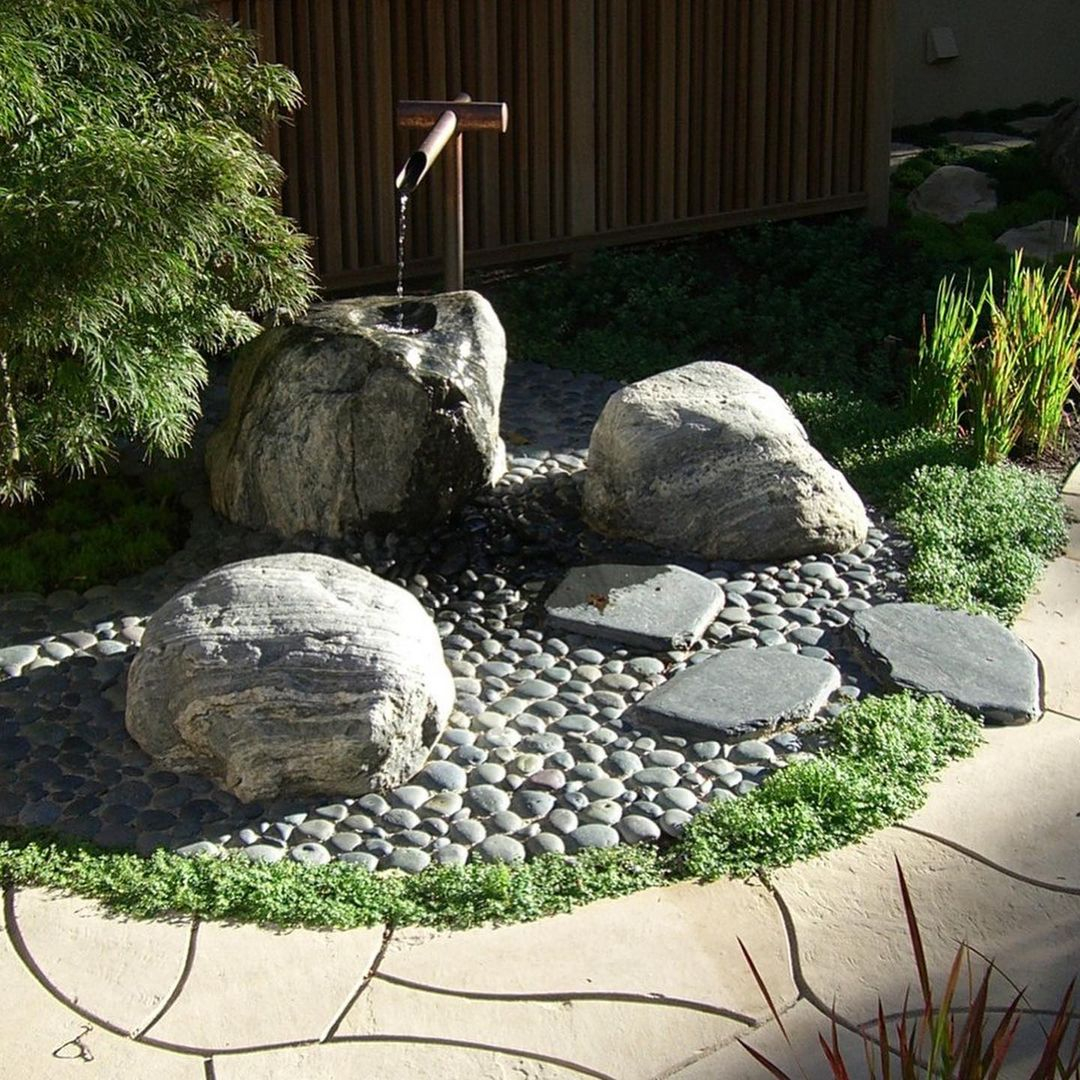
The water basin is the focal point of this tea garden. It can be such a great addition where the water basin will let you get a peaceful ambiance from the sound of the water. Also, the traditional impression of the water basin a warm feeling into the garden. Tea Garden from @evokelifeoutside
3. Stroll Gardens (Kaiyū-shiki teien): Stroll gardens are larger, more elaborate landscapes that invite visitors to wander along winding paths and enjoy changing scenery at every turn. They often feature ponds, bridges, islands, tea houses, and a variety of plants carefully arranged to evoke natural landscapes.
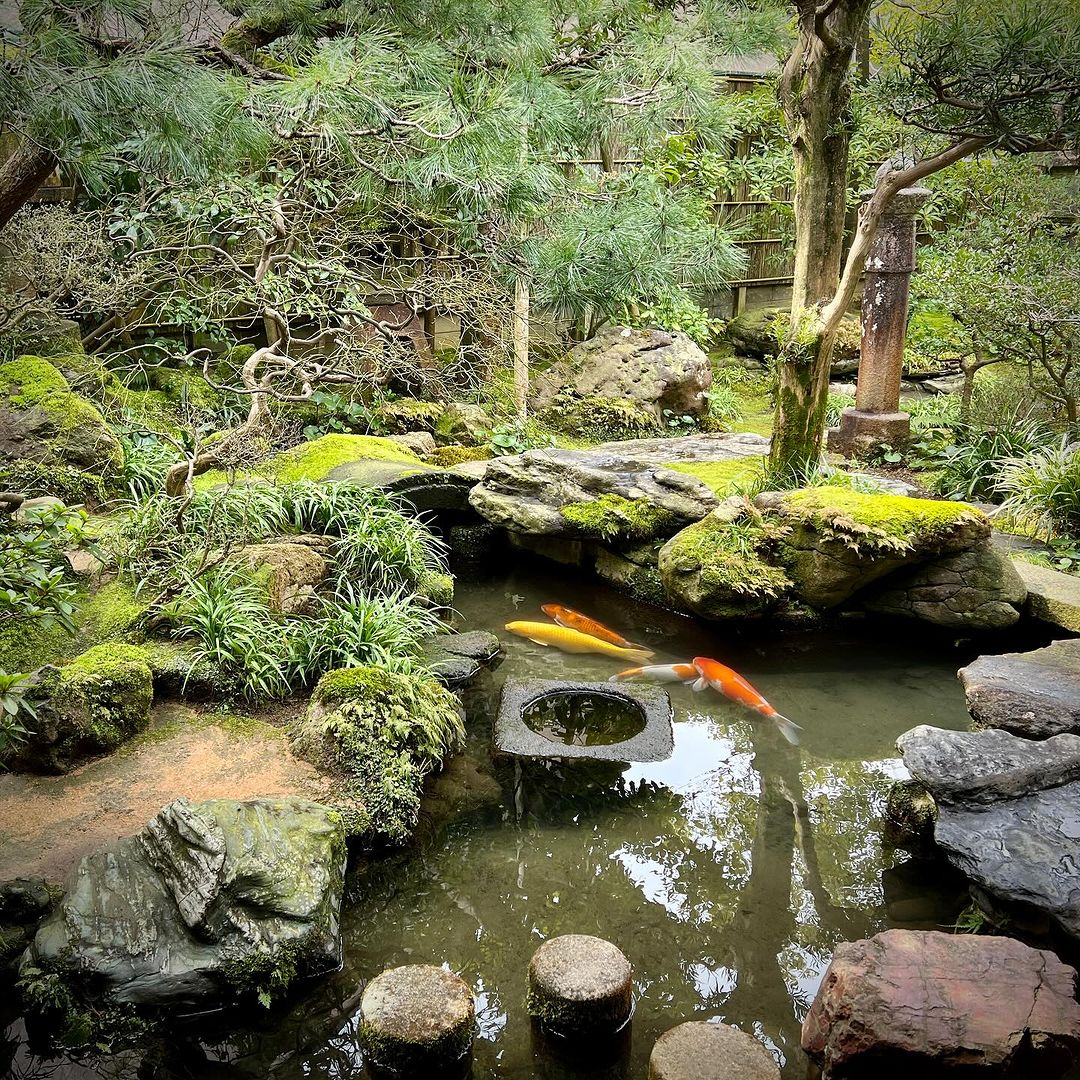
Even when only small, this garden has a bridge. Then, there is also a pond with fish to make the garden feel like a real island with complete nature elements. You should also see how the trees and plants make the garden feel so real. Stroll Garden from @streetcandypics
4. Courtyard Gardens (Tsuboniwa): Courtyard gardens are small, intimate spaces designed to be viewed from within a building, such as a home or temple. They typically incorporate elements like rocks, moss, bonsai trees, and water features in a confined space, creating a tranquil oasis in an urban setting.
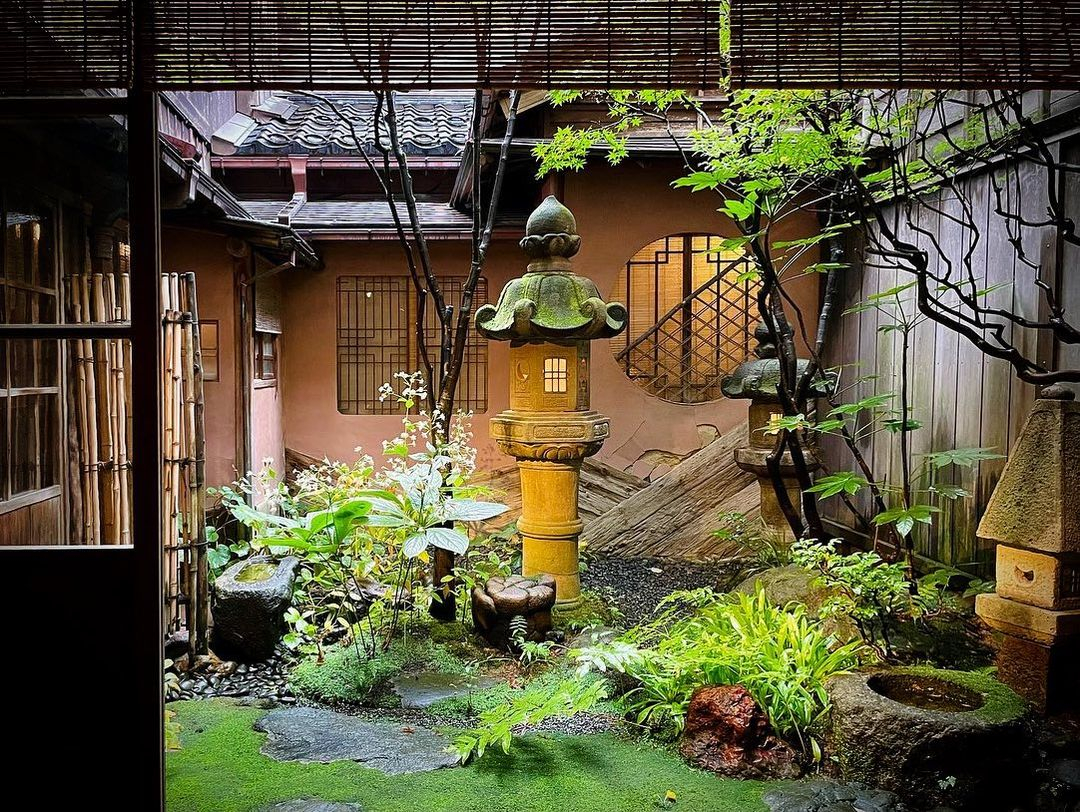
This garden has a tranquil oasis to create a perfect calming atmosphere within the building. There are varied plants there with some sculptures. There are also stones with holes to accommodate the water for the water feature need in the garden. Courtyard Garden from @simon_rickard
Creating a Japanese garden involves careful planning and attention to detail. Here’s a basic guide to get you started:
Research and Inspiration
Begin by researching traditional Japanese garden designs and gaining inspiration from books, websites, or visiting Japanese gardens in person if possible. Identify elements that resonate with you and fit the space you have available.
Select a Design Theme
Decide on the type of Japanese garden you want to create. Common styles include Zen gardens (dry rock gardens), tea gardens, stroll gardens, and courtyard gardens. Each style has its own characteristics and symbolism.
Plan the Layout
ketch out a rough layout of your garden space, taking into account existing features such as trees, paths, and structures. Consider the flow of movement through the garden and how different elements will interact with each other.
Incorporate Key Elements
Japanese gardens typically include elements such as rocks, gravel or sand, water features, bridges, lanterns, and plants like bonsai trees, bamboo, moss, and Japanese maples. Each element has symbolic significance and contributes to the overall aesthetic. Here are some of the examples.
Rocks
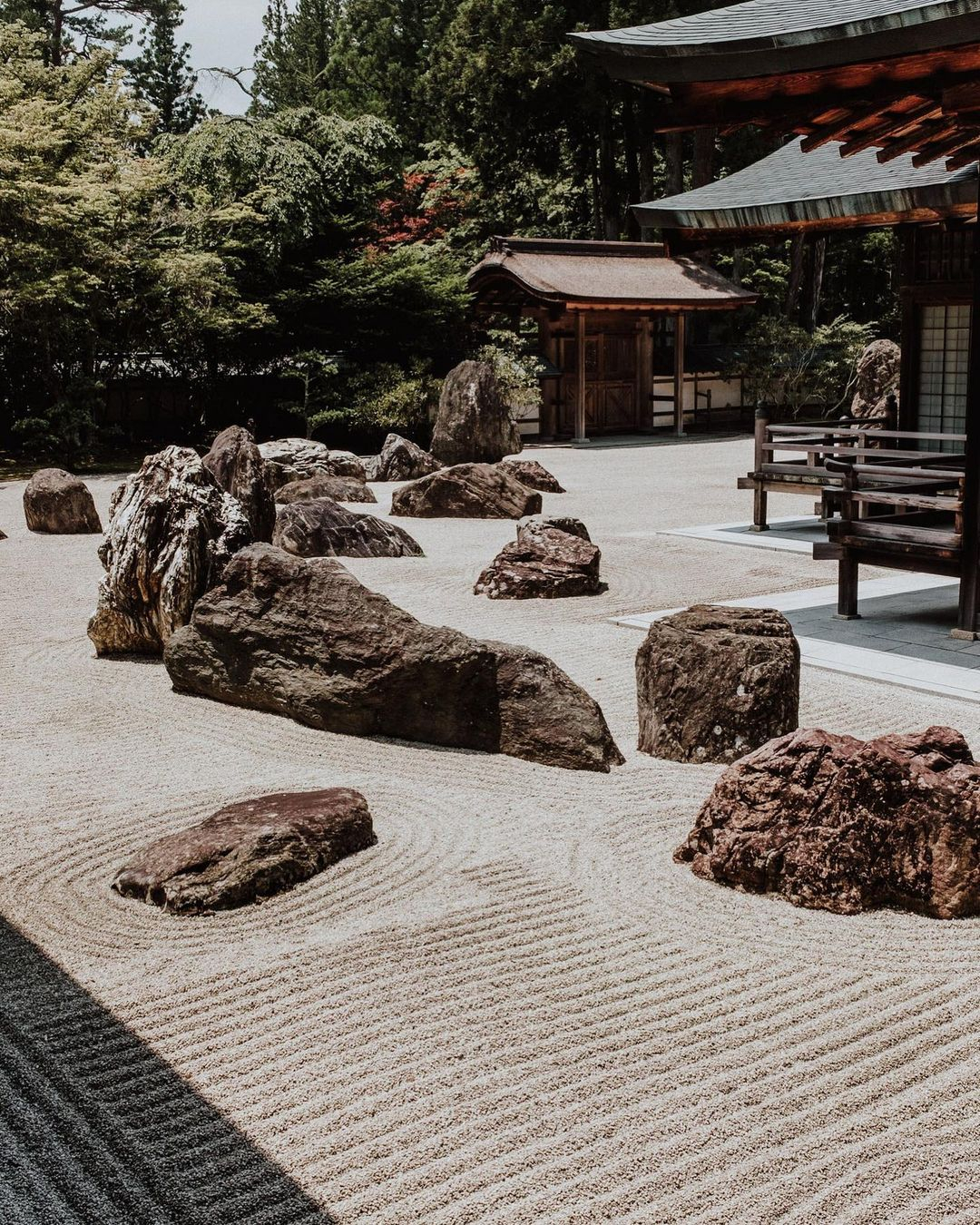
The shape of the rock won’t need to be ordered and sleek. It can be random, rough, and unfinished. The more natural look the wood has, the better impression it will be. You can combine different kinds of rocks here and add some gravels or sand. Rock Garden from @mrarchitecturedecor
Sand or Gravel
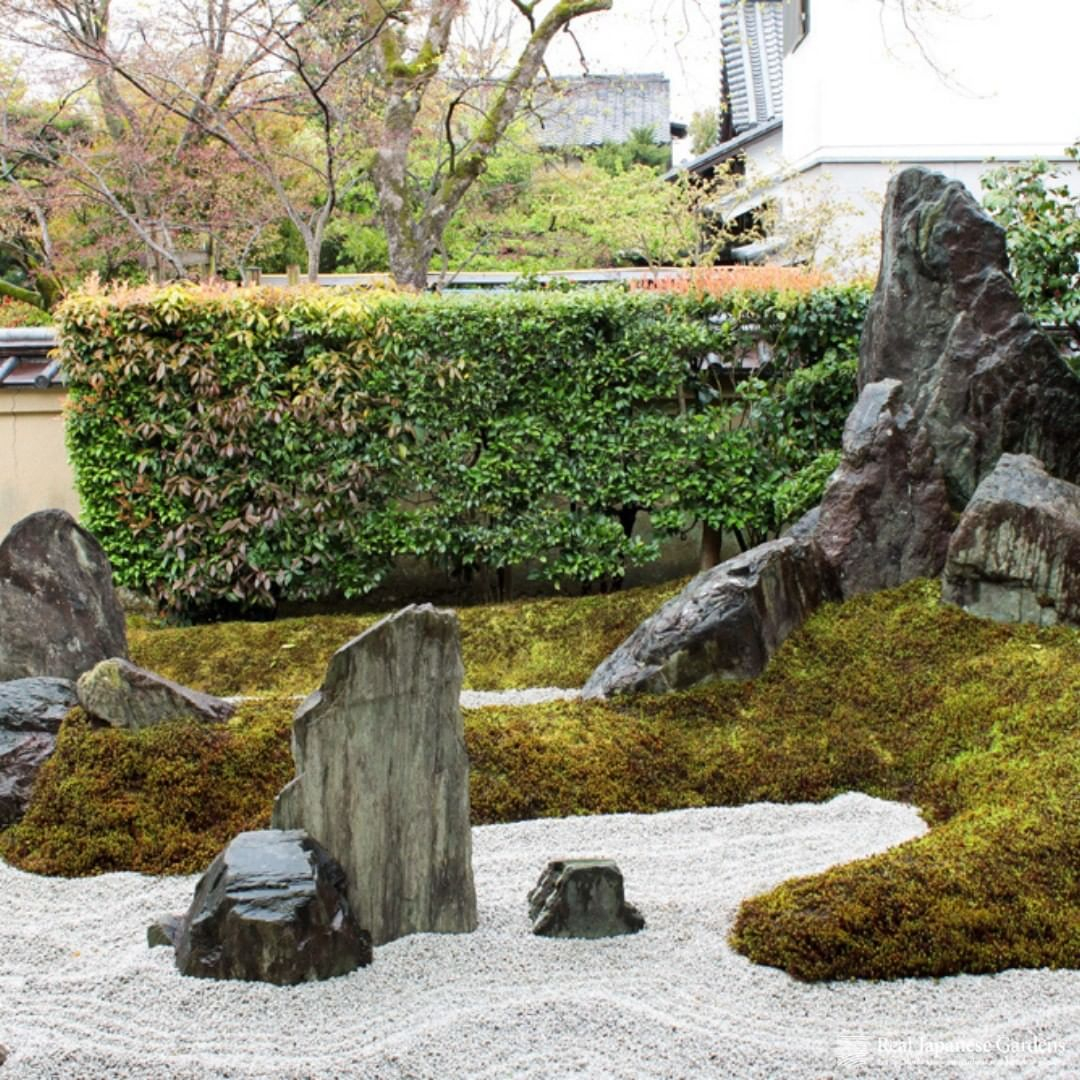
The interesting thing about the Japanese garden is the sand which is racked. The pattern will make it look wavy. Or, it can be formed in a circular pattern. Whatever it is, the pattern is supposed to be calming. Raked Sand from @realjapanesegardens
Bridge
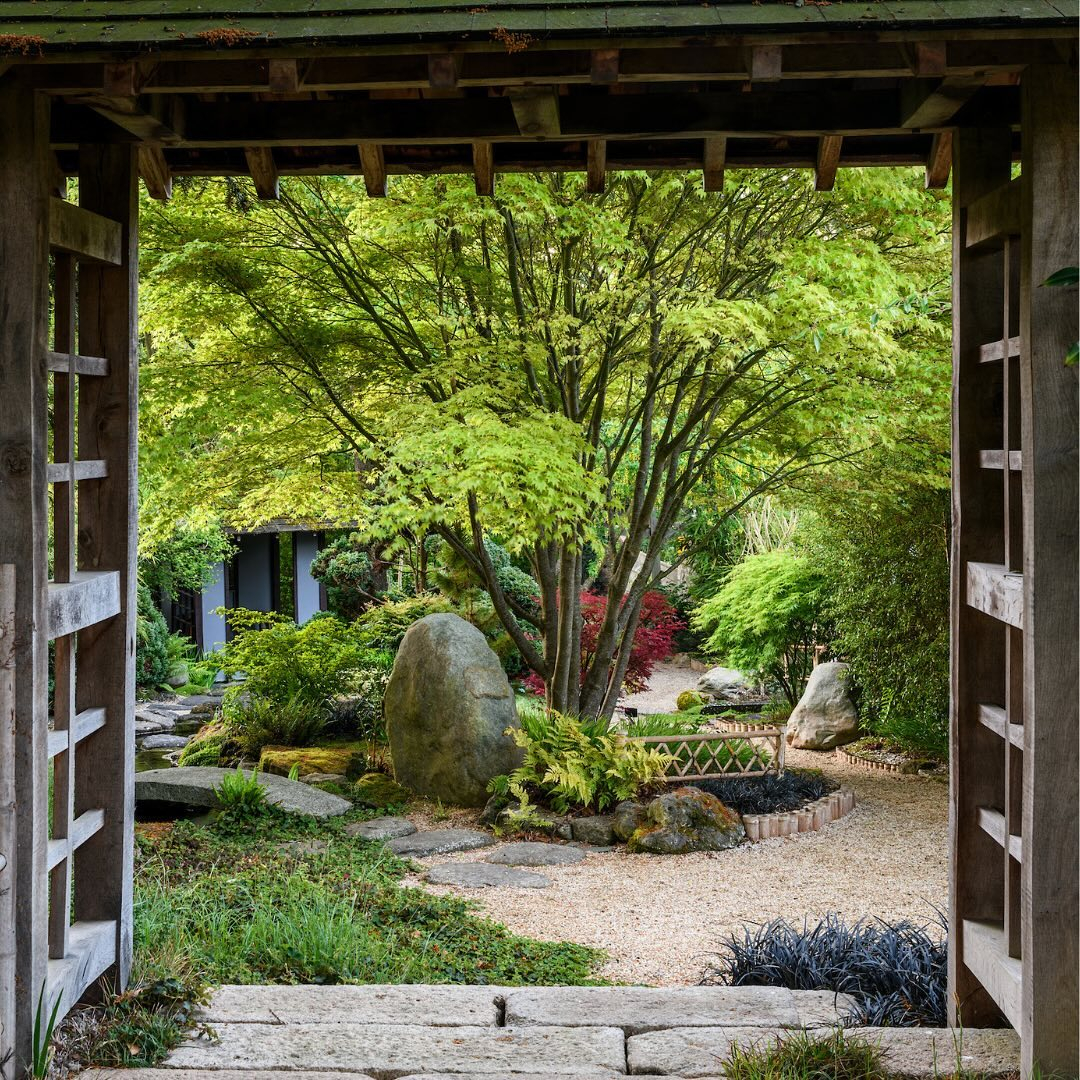
Even when only small, the bridge can really enhance the decoration of the garden. Besides, it can also characterize the Japanese garden really well. It will be best if you have a water feature under the bridge such as a pond or artificial river. Garden Bridge from @johnstonelandscapes
Bonsai Trees
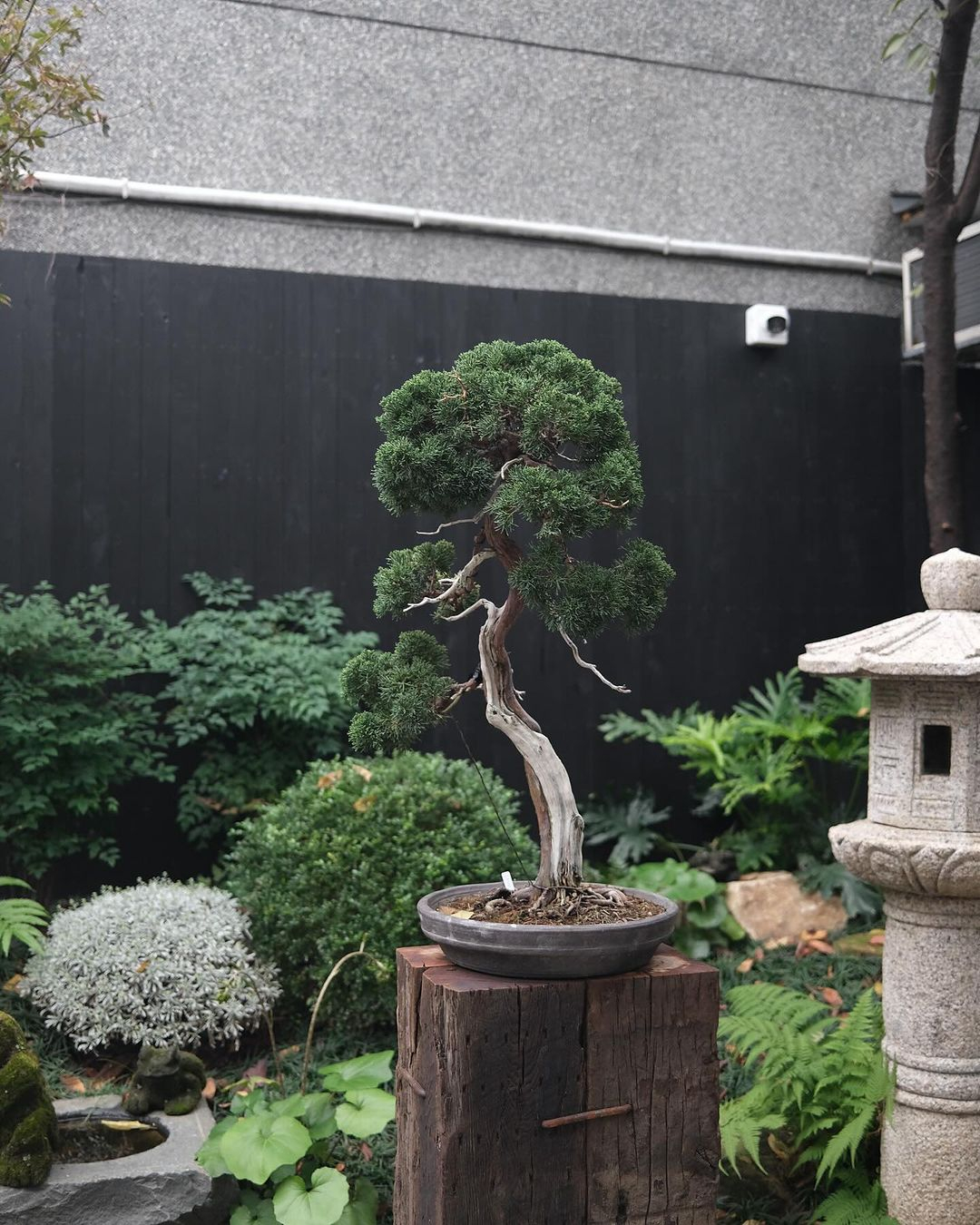
The bonsai is basically can be any plant. This one is planted in a pot with a wood stand. The plants on the ground are also shaped to look like bonsai to strengthen the Japanese garden design impression. Garden Bonsai Tree from @ura.219
Moss
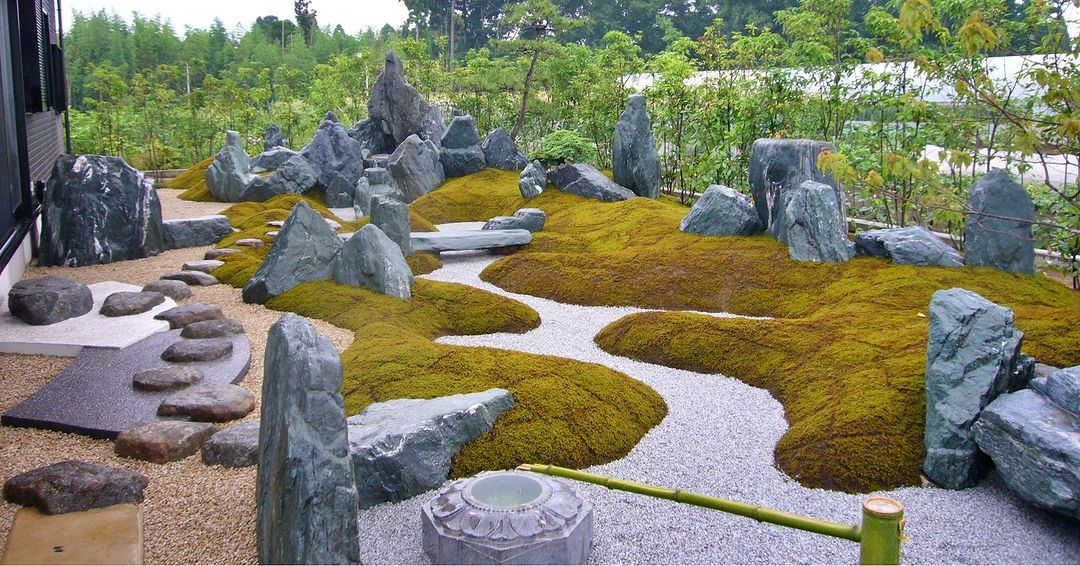
This is surely not grass but moss. The moss will give a wet impression so that the ambiance will be calming and make you feel like surrounded by the forest. This one is a simple design example. You can add it with some other plants if you want more colors. Or, you may add a water feature for a better impression. Garden Moss from @nippon_teien
Create Balance and Harmony
Balance is essential in Japanese garden design. Strive for a harmonious arrangement of elements, both visually and symbolically. Use asymmetry to create interest and avoid cluttering the space with too many features.
Mindful Plant Selection
Choose plants that are well-suited to your climate and the specific requirements of your garden design. Opt for native Japanese plants where possible, and prioritize evergreens, mosses, and other low-maintenance species.
Pay Attention to Detail
Focus on small details like the placement of rocks, the texture of gravel, and the shape of pruned trees. Japanese gardens are known for their meticulous attention to detail, so take your time to fine-tune each aspect of the design.
Maintenance and Care
Regular maintenance is crucial to keeping your Japanese garden looking its best. This includes pruning, weeding, raking gravel, and cleaning water features. Embrace the process of caring for your garden as a form of meditation and mindfulness.


